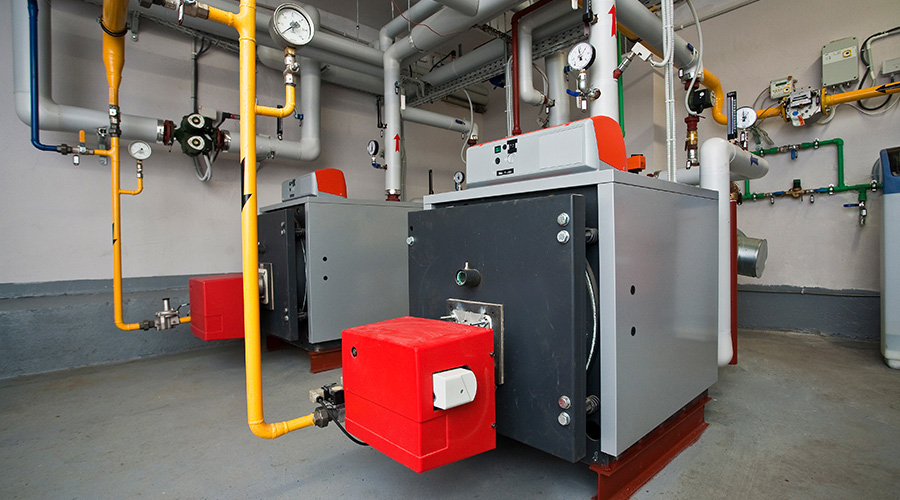Upgrading University of Wisconsin Boilers for Efficiency
After years of running a coal-fired steam plant, the university needed to upgrade its boilers, which dated back to the 1950s. The university sought more energy-efficient boilers that met higher emission standards and provide heat to a 936-acre campus that hosts more than 65,000 students and faculty each day, and contains more than 300 buildings.
"The initial reasons (to move forward with the project) were to update old equipment and provide additional capacity to meet the demands of the campus," says Faramarz Vakili, the director of the physical plant department for operations, maintenance, and utilities and the director of campus sustainability operations.
"The timing, scope and size of the project was also influenced by the state of Wisconsin, which was at the time under a consent decree issued by a court order to upgrade all state boiler facilities to higher emission standards."
Planning for the project started with an alternative fuel study in 2006 before design began in 2010, with the initial $250 million in funding. Physical plant staff members were involved in design and selection discussions throughout the entire process to take advantage of their expertise and knowledge of the university's system.
"The process was unique to the state of Wisconsin in that it was not the normal design-bid build process the state normally conducts for projects of this size," Vakili says. "This was an EPC process — engineered, procured, and construct process — where a selected owners' engineer worked closely with the UW staff to design conceptual drawings. From there the process moved to selecting an engineer and contractor to take the conceptual drawings to complete design and construct."
The university initially installed two 225,000-pounds-per-hour natural gas and oil-fired boilers. Also included as part of the upgrades were a new water treatment system and other mechanical, electrical and control systems. The new boilers were designed to produce steam-fired natural gas up to 650 pounds per square inch at temperatures of up to 750 degrees. A contractor was responsible for installing and commissioning the new equipment.
State budget changes in January, 2011, resulted in removing a biomass boiler and a 22-megawatt steam turbine generator from the project, so the university instead ordered two more 225,000-pound boilers, bringing the new boiler total to four, which combine to produce 900,000 pounds of steam per hour. The boiler upgrades improved the plant's efficiency by an average of 5 percent, "which is significant when consuming more than $25 million of natural gas per year," Vakili says.
UW completed a majority of the project in spring, but some unresolved issues remain for the plant staff to work out.
"We have had an ongoing water-quality issue with the way the lake water we use in our cooling towers and boiler for makeup is treated," says Dan Dudley, campus utilities engineer. "We still have issues where fouling of equipment occurs, which resorts to using city water as backup, which is more expensive than lake water use. This is significant, as we will continue to work with all parties until the fouling issues are resolved.
"Our other issue is noise and vibration in our new cooling tower pumps for our existing chillers. Many alterations have been implemented per the pump manufacturer's suggestions but with little success. One of the pumps has been returned to the manufacturer's test facility for further analysis and is presently going through a series of tests. This issue may not be resolved until next year's cooling season."
Related Topics:













